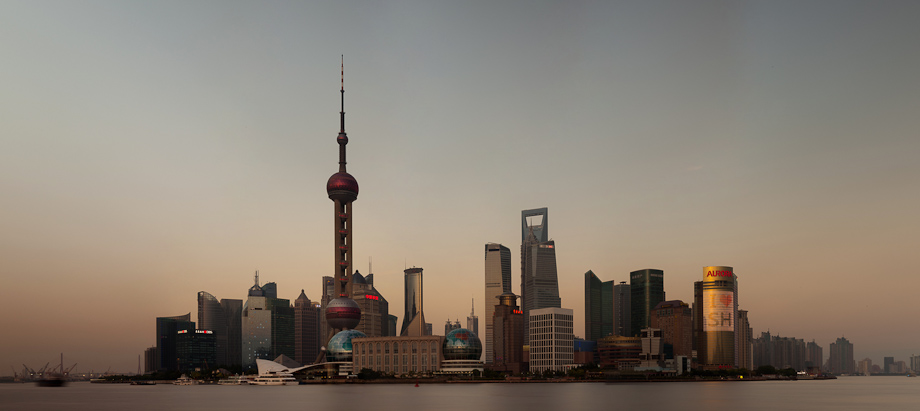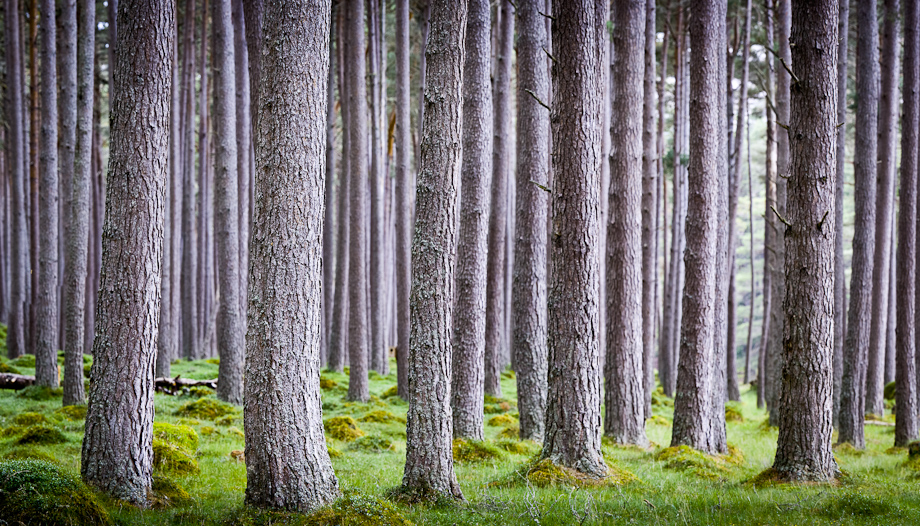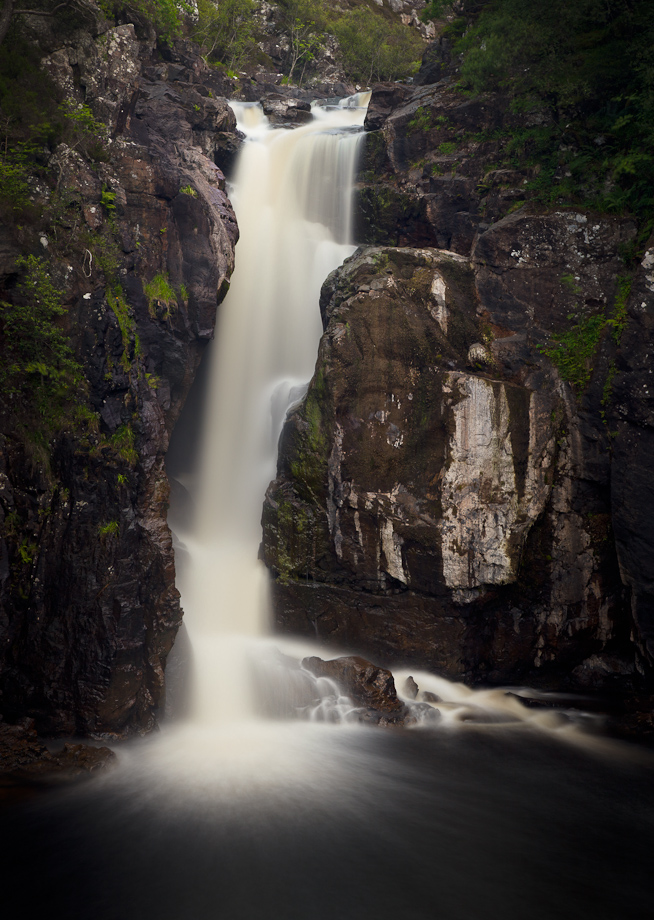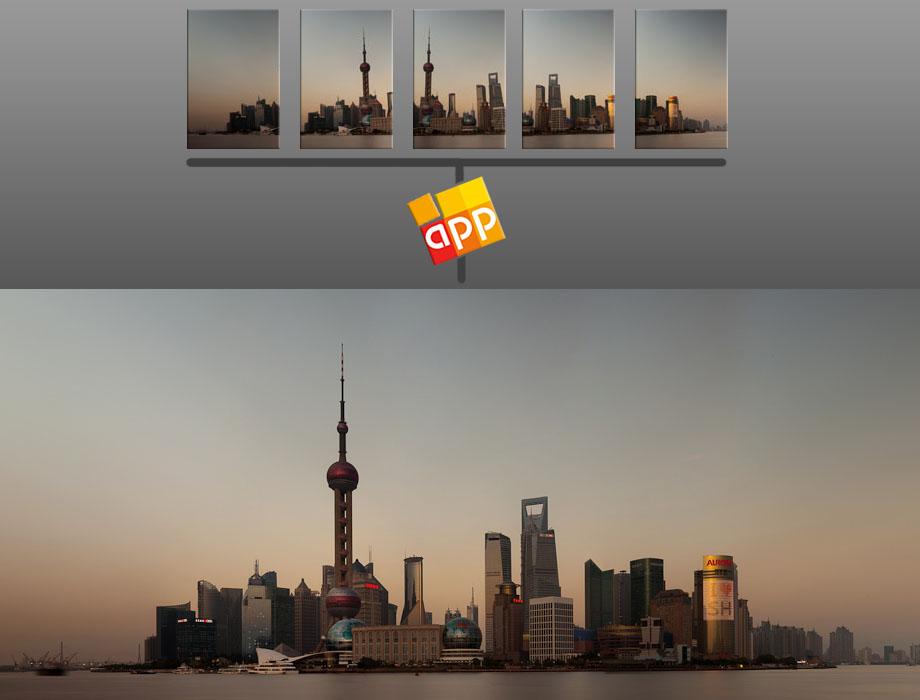I like Panoramic photography which means stitching two or more images to one larger Panoramic Image. I had a few jobs requiring larger print sizes and to get really large prints and still keeping a high detail level I ended up stitching several images together. The concept behind stitching is that you combine two or more overlapping images to one big panoramic image and hence you will have more resolution for an enlargement. With today’s advanced programs it’s getting easier because the process is almost automated and the algorithms behind the scene is good and powerful. The weakest point is as with every other photos the most important part! — getting your field work done properly and bring home some images that are sharp, overlapping and interesting and finally you will be able to stitch together.

Here is a schematic example of the process of stitching five images together to create a large panorama of the Pudong district in Shanghai, China. The final images is close to 80 Mega pixel which compared to the 21 Mega pixels images from the Canon 5D Mark II is four time as big. This basically means you can print it four times as big.
In this instance I used the program AutoPano Pro to stitch the five vertical shots into one panoramic image of Shanghai during sunset. To get the best images at the location I used the Canon 5D Mark II and 24-105mm f/4 lens mounted on my Gitzo tripod during the shooting.
Here is another example of a panoramic image – this time of some Scottish woodland near Braemar. The panorama was created in Adobe Photoshop CS5 from 6 RAW images stitched together to this panoramic image. The camera was again the 21 Mega pixel Canon 5D Mark II – the final image is around 60 Mega pixel.

Some times you can get into troubles and the panoramic programs will fail from time to time – it can be quite complex to stitch images together. Even when you think you have done the field work properly you can run into problems which obscure the process. It can also be difficult to get the composition right at times because you will have to imagine the final panorama but in the camera you can only see one image at the time!
Generally, I prefer using Adobe Photoshop CS5 because it more easy to use directly from Adobe Lightroom but if that fails or I’m not completely satisfied with the result I will try AutoPano Pro. The program is specialized for panoramic photography to create panoramic images and is claimed to be “The best image stitching technology in the world”. Anyway it IS really great.
Here is another example from the Falls Of Kirkaig in Scotland. The final image of the waterfall is a 40 Mega pixel panoramic image created by three images stitched together using Adobe Photoshop CS5.

I’m pleased with the final results. And even more please with the print used in this project. The long walk up the beautiful wooded glen to the moorland to visit the impressive waterfall: Falls of Kirkaig was really worth the long walk. This panoramic images also show you that you can do panoramic photography of other things than large landscape and cityscape you can also work horizontally on more specific objects like the waterfall.
Even with today’s modern many Mega pixel cameras you will be able to print large prints using just a single frame from a 21Mpx camera like the Canon 5D Mark II, but sometime you just need to go bigger!
Now, I will just leave it up to you to enjoy the images!
Martin Bay

Recent Comments